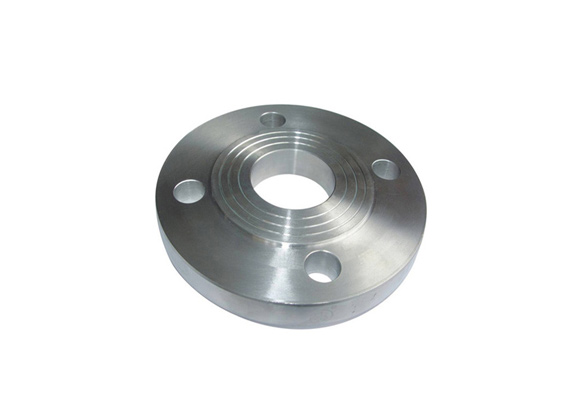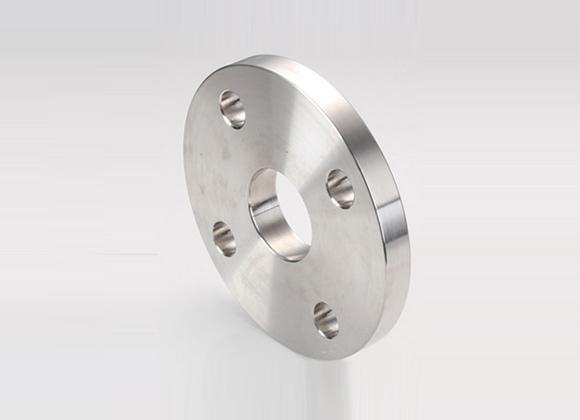Standard flanges play a crucial role in various industries, serving as connectors in piping systems. The classification and differences among flanges from different countries are essential to understand for seamless integration and compatibility in international projects.
Standardization ensures safety and compatibility in the vast landscape of global industries. It facilitates international trade by providing a common ground for manufacturers, suppliers, and end-users. This article delves into the classifications of standard flanges in different countries, shedding light on their unique features and applications.
ANSI flange In the United States, ANSI (American National Standards Institute) flanges are widely used. ANSI B16.5 and ANSI B16.47 are two common standards, each with its specifications. The former is suitable for nominal pipe sizes from 1/2" to 24", while the latter covers larger sizes.

Din flange Germany follows the DIN (Deutsches Institut für Normung) standards for flanges. DIN 2501 and DIN 2633 are notable specifications, offering precision and reliability. DIN 2501 is designed for nominal pressure ratings, while DIN 2633 focuses on welding neck flanges.

JIS flange Japan adheres to the JIS (Japanese Industrial Standards) for flanges. JIS B2220 and JIS B2291 provide detailed specifications for different types of flanges. B2220 covers steel pipe flanges, while B2291 focuses on hydraulic fluid power - flange connections.

BS flange British industries follow BS (British Standards) for flanges. BS 10 and BS 4504 are prominent standards, with BS 10 emphasizing on nominal sizes and BS 4504 providing specifications for circular flanges.

Australia adopts AS (Australian Standards) for flanges. AS 2129 and AS 4087 are commonly referenced standards, with AS 2129 covering table flanges and AS 4087 focusing on Class PN14 and PN16 flanges.
Russian industries adhere to GOST (Gosudarstvennyy Standart) standards for flanges. GOST 12821 and GOST 12820 are noteworthy, with GOST 12821 concentrating on butt-welded flanges and GOST 12820 covering plate flanges.
China follows GB/T (Guobiao) standards for flanges. GB/T 9112 and GB/T 9124 are commonly used, with GB/T 9112 specifying welding neck flanges and GB/T 9124 covering plate flanges.
Italy adopts UNI (Ente Nazionale Italiano di Unificazione) standards for flanges. UNI 2278 and UNI 6089 are notable, with UNI 2278 covering slip-on flanges and UNI 6089 providing specifications for welding neck flanges.
When comparing standard flanges from different countries, variations in materials, pressure and temperature ratings, and sizes become evident. It's crucial to understand these differences to ensure the proper selection of flanges for specific applications.
 Call us on:
Call us on:  Email Us:
Email Us:  No.68 Hezuo Road, Shijiazhuang City, Hebei Province, China
No.68 Hezuo Road, Shijiazhuang City, Hebei Province, China 